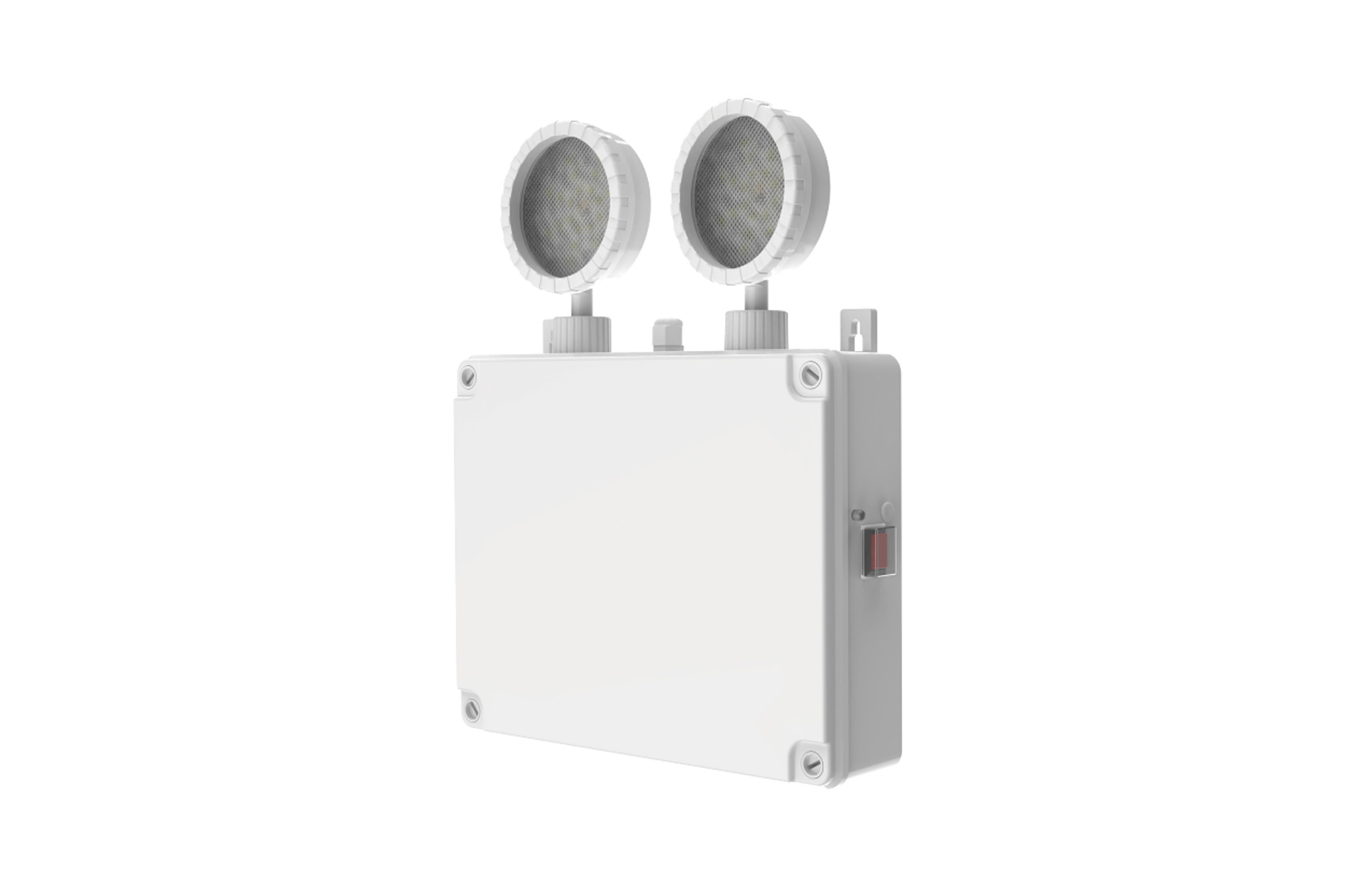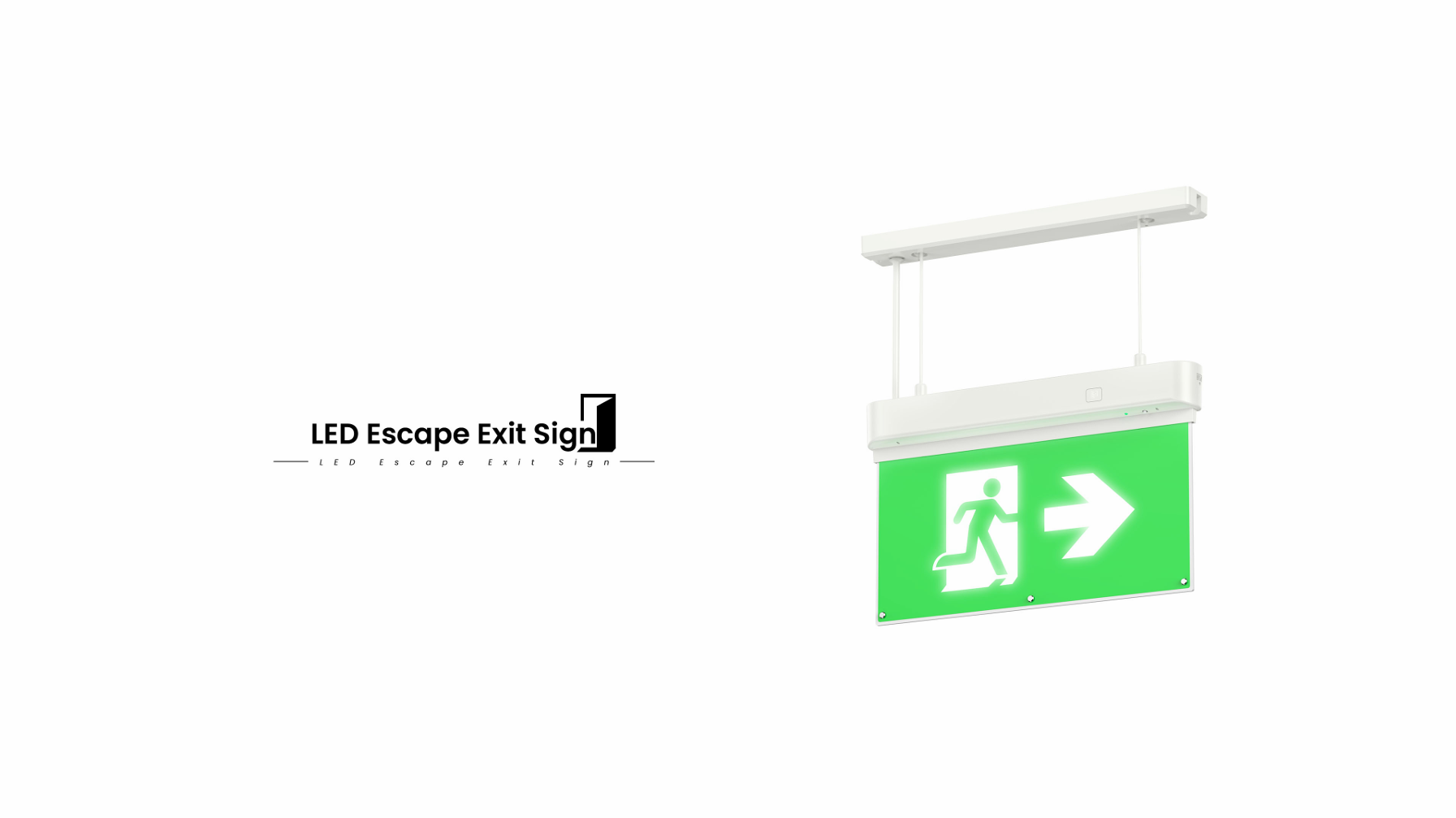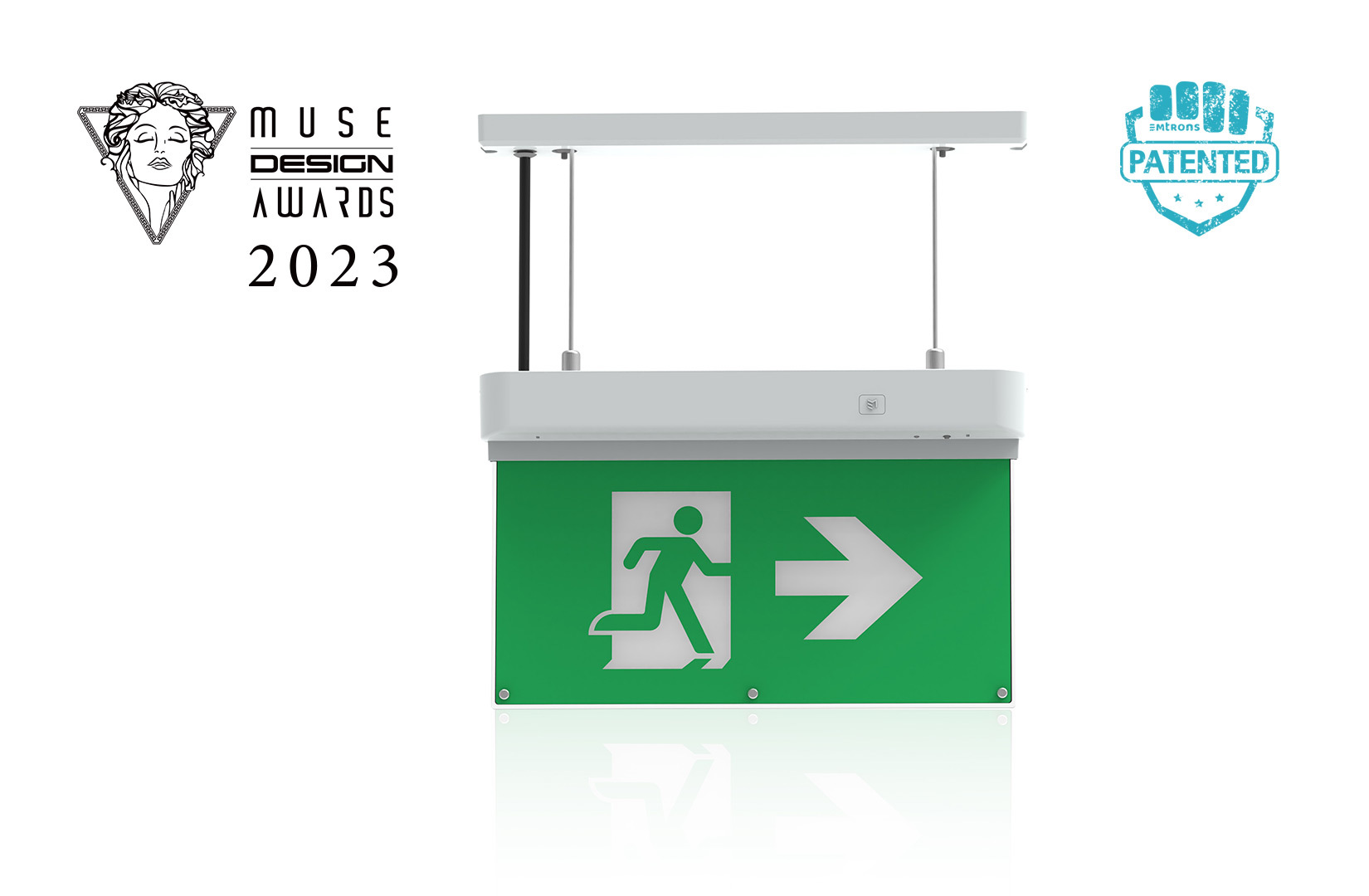Latest News
Emtrons' automatic test (AT) or self test (ST) feature in emergency lighting will provide you with significant benefits.
Release time:2023-06-07 19:38
Key words: automatic test, self test, emergency, lighting
How does the self test function operate in emergency lights?
Emergency lights serve a critical role in offering illumination and direction during power outages or emergencies. Designed to function independently from the main lighting system, they adhere to relevant safety standards and regulations.
A key feature of emergency lights is their self-test capability, enabling them to monitor their own condition and performance. This feature can alert users or maintenance personnel to any faults or problems. Self-tests can be conducted either manually or automatically, based on the specific type and setup of the emergency lights.
Manual Testing
Manual testing is a straightforward method to assess emergency light functionality. It involves pressing a test button or switch on the emergency light unit, prompting the light to activate and operate on battery power for a set duration (typically 30 seconds or 3 minutes). This indicates whether the battery is charged and capable of supplying adequate illumination and duration during emergencies.
Manual tests are generally conducted monthly or quarterly as part of regular inspection and maintenance routines. It is also advisable to perform a manual self-test after installing or replacing an emergency light unit, or following significant changes or repairs to the electrical system.
Automatic Self-Testing
Automatic self-testing offers a more advanced and convenient approach to monitoring emergency light status and performance. This involves installing a specialized device or circuit within the emergency light unit, which automatically conducts periodic tests on the battery, charger, lamp, and wiring without human intervention. The device or circuit records the test outcomes, displaying them on an LED indicator or digital screen on the emergency light unit.
Automatic self-tests can be programmed to execute various test types at different intervals, based on user or maintenance preferences. Common automatic self-test types include:
- Functional Test: Similar to manual self-testing, this is performed automatically at regular intervals (typically monthly). It briefly activates the emergency light (around 30 seconds) to assess its functionality.
- Duration Test: A comprehensive test where the emergency light is switched on for its entire rated duration (usually 1 or 3 hours) to assess battery capacity and endurance. This test is generally carried out annually or biannually.
- Continuous Test: A continuous monitoring of battery and charger voltage and current, detecting any unusual fluctuations or deviations. This ongoing test provides early warnings of potential faults or failures in the emergency light system.
Automatic self-testing offers several advantages over manual testing, including:
- Time and Labor Savings: Eliminating the need for manual inspection and testing reduces time and labor costs.
- Enhanced Reliability and Safety: Regular and thorough testing improves reliability and safety.
- Compliance and Accountability: Accurate and consistent records of test results and performance data enhance compliance and accountability.
- Reduced Environmental Impact: Minimized battery discharge and energy consumption lessen environmental impact.
Consulting qualified professionals is advisable for expert advice on selecting, installing, operating, and maintaining emergency lights with self-test functionality.
More News
















